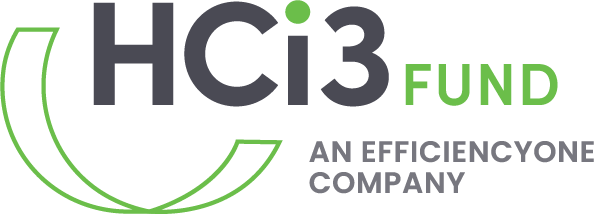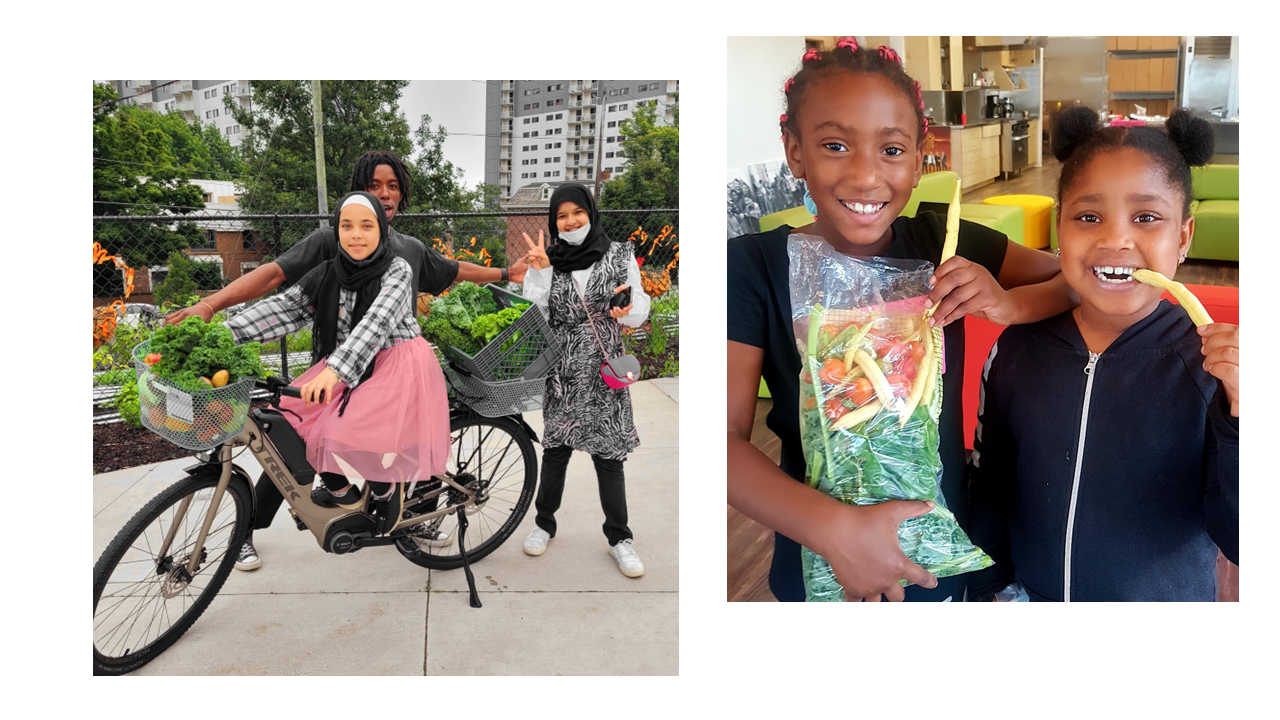Hope Blooms Solar Awnings and Solar System
Hope Blooms Solar Awnings and Experiential Education Systems, in collaboration with Solar Schools Canada, will design a 2-kilowatt solar awning that serves as multi-use public infrastructure at Hope Blooms’ Global Kitchen for Social Change. Two awnings will provide charging for phones, computers and e-bikes for community members, and support Green Labs Climate Resiliency Programming for youth.
Grant award: $50,000
How do we empower marginalized youth, contribute to local food security, and build community confidence and inclusion, while also considering environmental impact and the climate? Hope Blooms is addressing all of these issues through their inspiring programming in Halifax’s Uniacke Square. They have created an uplifting and welcoming community for anyone who drops by their Global Kitchen for Social Change, visits their community garden and Fair Food Market, or joins their Green Labs programming. A two-time recipient of HCi3’s Accelerating to Zero grant, their work exemplifies a “multi-solving” approach where social, environmental, and economic benefit are advanced in tandem.
Hope Blooms, with support from HCi3, embarked on two projects, the first of which was installing two solar awnings. The solar awnings were designed as an example of how renewable energy can be used in an urban environment. With no space for more traditional ground-mounted solar panels, Hope Blooms opted for awnings over picnic benches. By doing so, they have created multi-purpose, space-efficient infrastructure – the picnic benches integrate a wireless charging station, a WiFi hotspot, a workspace, shade, and an e-bike charger. The electricity produced by the solar awnings also facilitates Hope Blooms programming, including the Green Labs Program, which teaches children about renewable energy and climate resiliency, and the new Fair Food Market, a market run by Hope Blooms that sells subsidized, locally grown produce to the community.
“It’s cool that it’s happening in Uniacke Square, because it’s not happening anywhere else in Halifax,” said Veronica Gutierrez, the Manager of Growth and Sustainability at Hope Blooms, about the solar awnings. “We looked for anywhere in Canada that was creating something like this, and no companies are… so we had to bring them from the States. Now that we have them, people can see [the awnings] and think, ‘let’s do that here.’”
Following the success of the solar awnings, Hope Blooms is now in the process of installing a solar tracker. A solar tracker is a type of racking used for solar panels that allows them to move with the sun as it rises in the morning and sets in the evening. The panels move along a curved track, catching the most amount of solar energy possible. With the tracker, the solar panels will be able to produce up to 50% more energy than they would otherwise. These projects combined will cover 110% of the energy needs for the operations of Hope Blooms, allowing the money that would have been spent on power bills to go into more programming for the community.
When asked how long Hope Blooms has been around, Gutierrez answered, “15 years, and most of the people working with us right now were kids that started Hope Blooms – and now they’re 23.” Beyond environmentalism and social enterprise, the mission of Hope Blooms has always been retention and making sure that the kids are heard and that their needs met. “We give them the Hope Blooms scholarship that comes from the salad dressing sales to go to any kind of post-secondary [program] they want to do, and we apply with them for other scholarships,” continues Gutierrez. “So normally most of them have all of their studies covered… we really have to be so consistent and give them that support and say, ‘hey, you actually can do whatever you want and you can change the path of your life,’ and we have seen how they do it.”
Though the mission of Hope Blooms is not explicitly about sustainability or climate action, the programs they run show that community care, social equity, and environmentalism are closely linked. What’s good for the planet is also good for community.






